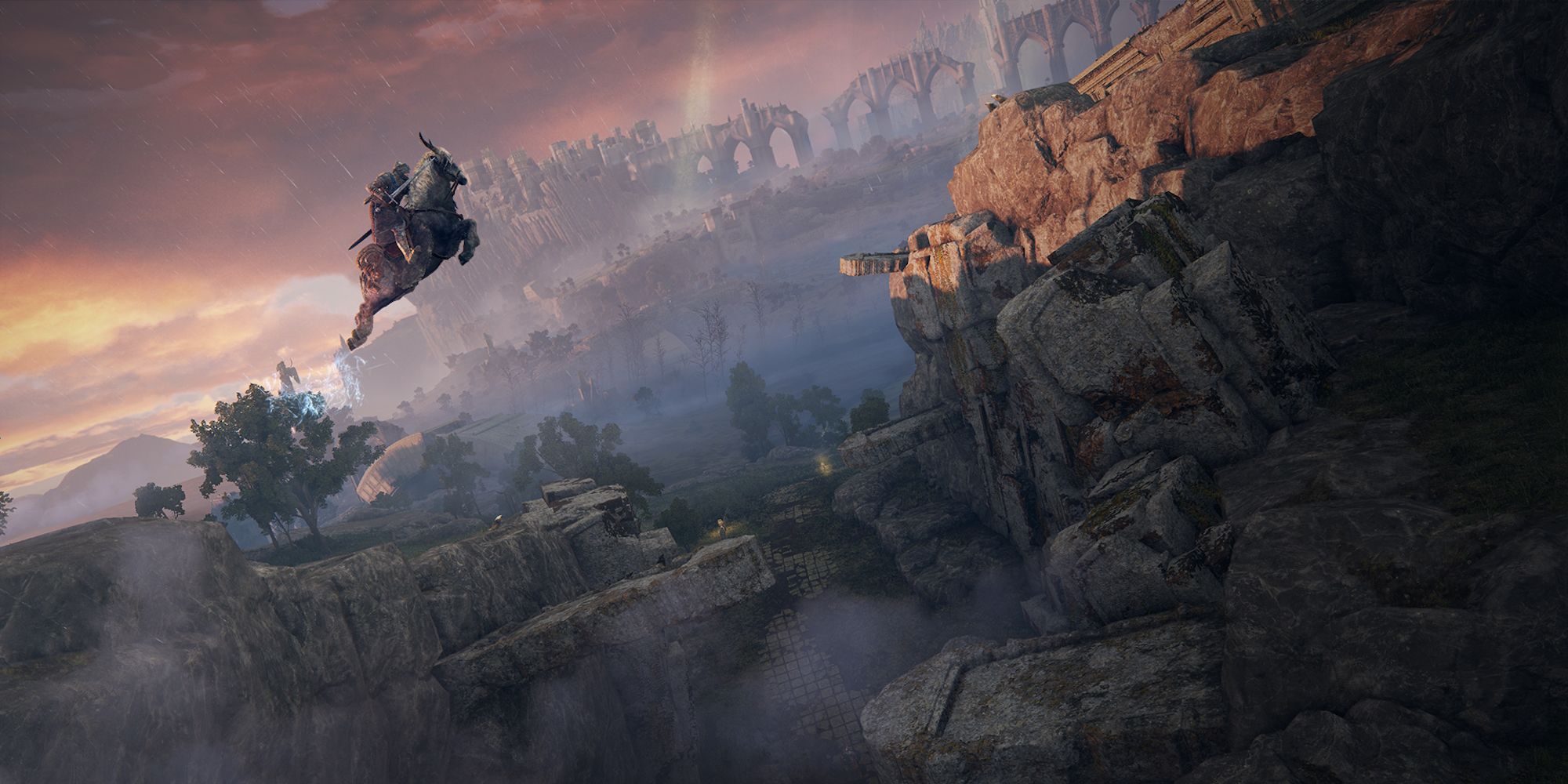The Art Of Exploration
Elden Ring has made the humble map essential and artistic again

Maps are important. Humans have used them for many thousands of years to help locate vital resources, to allow explorers and traders to navigate the world, for pirates to mark the location of their buried treasure (if you believe the movies) or even just to find your local convenience store. They’ve gone from cave walls to papyrus to paper and into the digital realm, with satellite topography and GPS locators being built into our phones and cars as a tool for everyday navigation. Finding things in the world is now something that anyone can do, whenever they want.
You don’t have to go back too far in history to arrive at a time when maps of the world beyond your local area were objects which took huge amounts of time, money and resources to create, effectively making them the preserve of the rich and powerful. The first people from the western world to chart the world at large were often backed by royalty, with their intricate one-of-a-kind maps now displayed in museums, or kept under close guard in archives.

Looking at such maps today feels akin to studying an artistic masterpiece, and even the simplest of them can derive a great amount of curiosity and admiration. To see the world, and various places in it, rendered on paper in such beautiful fashion is something that we don’t see in our day-to-day life, since advances in technology mean we can see what is actually there, and not just an interpretation of it.
This is often the case for video games too. As the open world genre becomes more pervasive, most maps mimic what people are used to in their daily lives, with Grand Theft Auto V showing San Andreas from a satellite perspective, for example. Even Skyrim, a game set in a medieval inspired world, has a map with a realistic portrayal of the land, showing 3D topography with snow covered peaks, forests and plains. The Far Cry and Assassin's Creed games are well known for slightly more simplistic maps covered in an ever-growing number of icons and markers as you progress.
These styles of map obviously work, as they’re so frequently used. They make navigation within these created spaces much easier, and help players keep track of all the things being thrown at them by the game. However, there’s something missing in these depictions of virtual worlds, and I hadn’t grasped what that was fully until I dove into Elden Ring, the latest Soulsborne title by FromSoftware.
I’ll preface this next part by saying I have never gotten on well with the Soulsborne games prior to this. They had never clicked for me, but with a little (okay, a lot) of help from some friends I got to grips with Elden Ring, and have been enjoying it ever since.

There’s a lot to enjoy here too, an obscene amount of content that in any other game would see your world map overlaid with hundreds of overlapping icons to show various locations, upgrade spots, shops, items, quests, NPC’s etc. However, Elden Ring is unusually restrained as far as map iconography goes. As you unlock sites of grace, the equivalent to bonfires in Dark Souls games (or Base Camps in the more recent Tomb Raider trilogy, to give you another point of reference), these will show up on the map for you to fast travel between. Important locations might be added as you come across them, and the location of discoverable map fragments are shown as you venture into previously unexplored territory. That’s about it, however. You aren’t shown quest locations, entrances for the numerous caves and catacombs, merchants, or anything like that. These are all things you must discover for yourself as you explore the Lands Between, and even when you do find something of interest it will only ever show up if it happens to house a site of grace too.
What this allows is for the map itself to take centre stage. Just like the intricate maps of yesteryear, you get the sense that these fragments you’re collecting are from a hand drawn whole, painstakingly researched and committed to parchment by someone who came to these lands long before you. All of the important details are present, from the walls and battlements of Stormveil Castle to the charred remains of grand buildings in Caelid. Clouds surround the land mass, with treacherous waters depicted by sinking ships, whirlpools and waves. Ribbons containing the names of the various areas show faded handwriting in a language that would be unreadable even if it wasn’t already hard to make out.
The Lands Between are dangerous and unforgiving, but they’re also incredibly beautiful and full of life (or the remnants of it). The map that helps you navigate this place is evocative of the world itself, and an extension of the style of gameplay the Soulsborne games are known for. It brings to mind those maps of yore, before Ordnance Survey and satellite technology made everything clear as day. It maintains a sense of the unknown, allowing the player to bathe in the challenge and excitement of exploration, and does so in significant style. This may not be a real place, but I could pore over its map for hours, which is more than I could say about the A-Z of London, or even the Mona Lisa. Elden Ring has made the humble map essential and artistic again.
